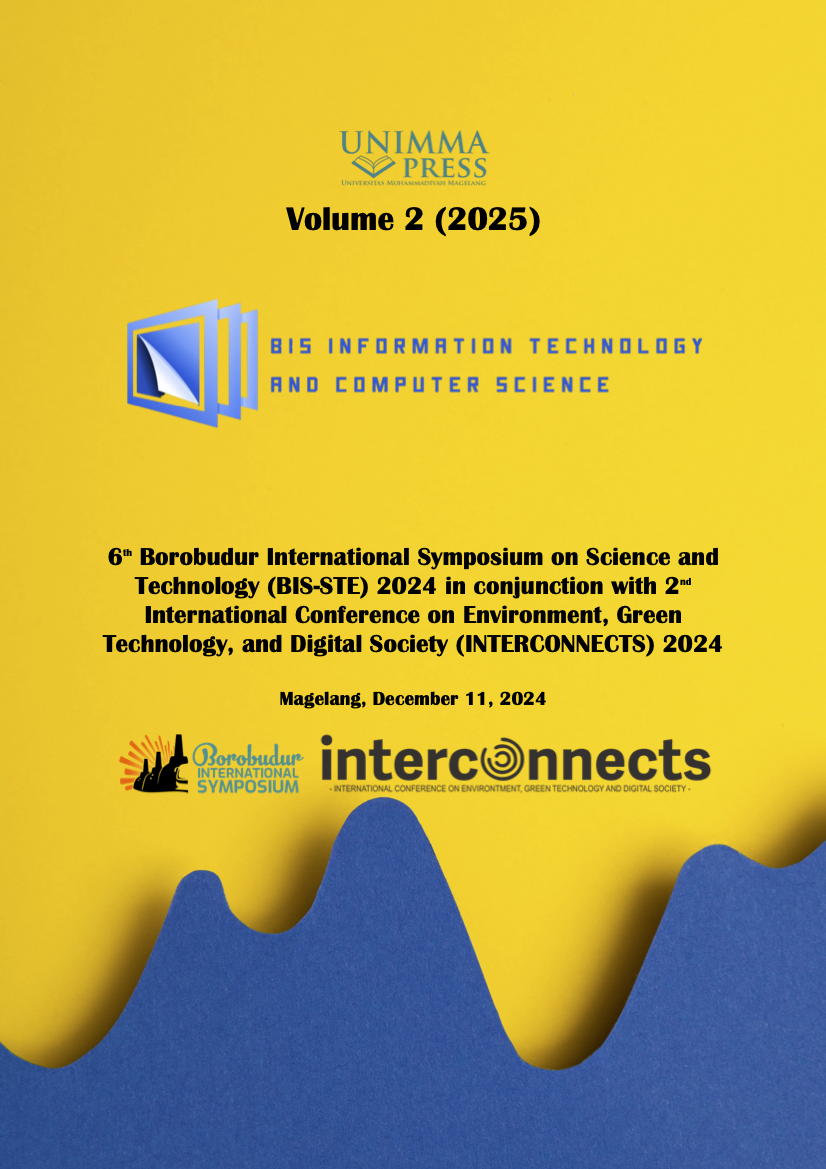Utilization of the Internet of Things (IoT) through the SIMADU application to improve employee
Keywords:
Internet of Things, SIMADU, Employee discipline, Work efficiency, Islamic universitiesAbstract
The use of Internet of Things (IoT) technology is increasingly developing in various sectors, including in human resource management in Islamic universities. This study aims to examine the application of IoT through the Integrated Management Information System (SIMADU) application in improving employee discipline and work efficiency. The SIMADU application is designed to integrate IoT devices, such as biometric-based attendance sensors, real-time activity tracking, and automatic notifications, to monitor and manage employee performance more effectively. The research was conducted qualitatively with a descriptive approach. The results of the study show that the application of IoT through SIMADU can increase employee discipline levels by up to 25%, accelerate the decision-making process, and minimize administrative errors. These findings prove that IoT can be an innovative solution in supporting the efficiency of human resource management in Islamic universities.
References
[1] J. H. Escorcia Guzman, R. A. Zuluaga-Ortiz, D. A. Barrios-Miranda, and E. J. Delahoz-Dominguez, “Information and Communication Technologies (ICT) in the processes of distribution and use of knowledge in Higher Education Institutions (HEIs),” Procedia Comput. Sci., vol. 198, no. 2021, pp. 644–649, 2021, doi: 10.1016/j.procs.2021.12.300.
[2] K. Ahaidous, M. Tabaa, and H. Hachimi, “Towards IoT-Big Data architecture for future education,” Procedia Comput. Sci., vol. 220, pp. 348–355, 2023, doi: 10.1016/j.procs.2023.03.045.
[3] K. Kumar and A. Al-Besher, “IoT enabled e-learning system for higher education,” Meas. Sensors, vol. 24, no. August, p. 100480, 2022, doi: 10.1016/j.measen.2022.100480.
[4] S. Syahrul, N. Alim, P. Pairin, and J. Nur, “Utilization of management information systems in managerial supervision at IAIN Kendari,” Int. J. Recent Technol. Eng., vol. 8, no. 1C2, pp. 392–395, 2019.
[5] J. W. Creswell and C. N. Poth, “Qualitative Inquiry and Research Design: Choosing Among Five Approaches, Fourth Edition,” Sage Publ. Inc, 2017.
[6] M. B. Miles and A. M. Huberman, Qualitative Data Analysis : An Expanded Sourcebook, Second. Sage Publication, 1994.
[7] S. Sugiyono, “Metode Penelitian Kuantitatif, Kualitatif, dan R&D,” ALFABETA, p. 346, 2013.
[8] F. Althoey et al., “Influence of IoT implementation on Resource management in construction,” Heliyon, vol. 10, no. 15, p. e32193, 2024, doi: 10.1016/j.heliyon.2024.e32193.
[9] N. Yao and Q. Wang, “Factors influencing pre-service special education teachers’ intention toward AI in education: Digital literacy, teacher selfefficacy, perceived ease of use, and perceived usefulness,” Heliyon, vol. 10, no. 14, p. e34894, 2024, doi: 10.1016/j.heliyon.2024.e34894.
[10] R. Sembey, R. Hoda, and J. Grundy, “Emerging technologies in higher education assessment and feedback practices: A systematic literature review,” J. Syst. Softw., vol. 211, 2024, doi: 10.1016/j.jss.2024.111988.
Downloads
Published
Conference Proceedings Volume
Section
License

This work is licensed under a Creative Commons Attribution-NonCommercial 4.0 International License.

